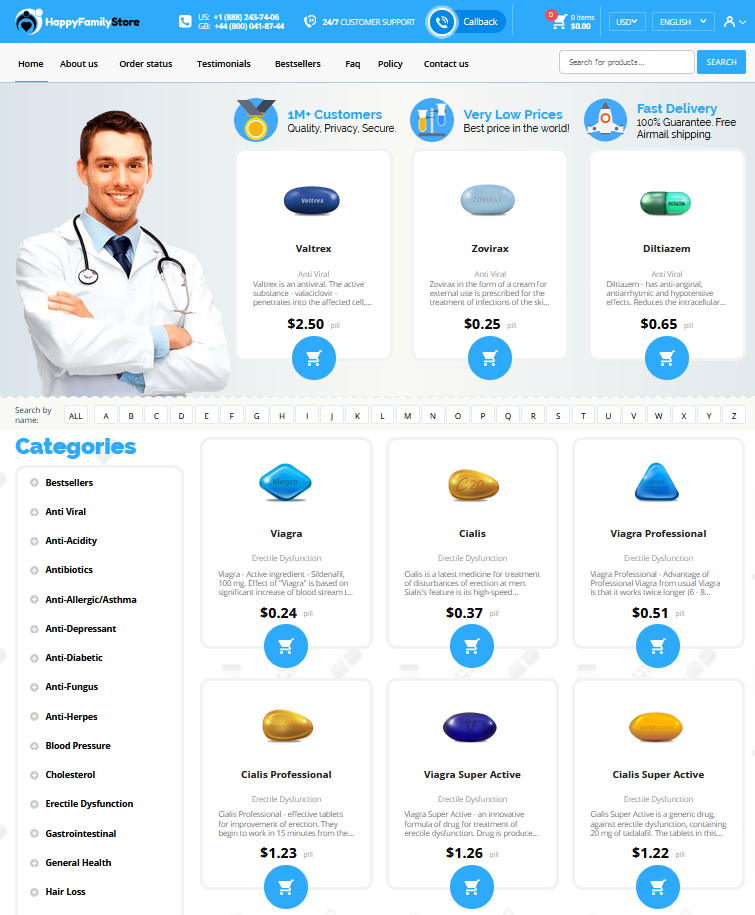Contents » + -
To Buy Hydroxychloroquine Online Visit Our Pharmacy ↓
 Hydroxychloroquine and Covid-19: Public Perceptions Vs. Reality
Hydroxychloroquine and Covid-19: Public Perceptions Vs. Reality
Origins of Hydroxychloroquine: a Brief Overview
Teh journey of hydroxychloroquine began long before it found itself in the public eye during the COVID-19 pandemic. Originally derived from quinine, an ancient remedy for malaria, hydroxychloroquine was introduced in the mid-20th century as a synthetic comp with fewer side effects. Its effectiveness against malaria led to swift adoption in the medical community, solidifying its status as an essential script. Over time, it gained recognition for treating autoimmune diseases like lupus and rheumatoid arthritis, highlighting its versatile nature. However, the peace was shattered during the pandemic when rumors of its potential efficacy against COVID-19 turned it into a sought-after elixir. This sudden shift thrust hydroxychloroquine into the global spotlight, entwining its scientific heritage with the charged narratives of a public health crisis.
```html
| Original Use | Current Applications |
|---|---|
| Malaria Treatment | Autoimmune Disorders |
| First introduced mid-20th century | Explored for COVID-19 treatment |
Widespread Public Perceptions during Pandemic's Peak

During the pandemic's peak, public perception of hydroxychloroquine was heavily influenced by widespread discourse across multiple platforms. Many believed it to be a 'miracle elixir' based on early anecdotal reports and debates, leading to a rush where some individuals sought to obtain it stat, without understanding the complete sig of its use. Social media acted like a pharm party, a chaotic platform where information, both accurate and misleading, was traded freely.
In this turbulent enviroment, misinformation often filled the gaps left by scientific uncertainty and regulatory lag, and hydroxychloroquine became central in this narrative. The influence of high-profile endorsements and public figures heightened its status, creating a noticeable divide between scientific evidence and public belief.
Scientific Community's Stance on Effectiveness and Safety
In the heat of the pandemic, the scientific community was thrust into the spotlight with the pressing need to evaluate the drug hydroxychloroquine. Researchers embarked on rigorous studies, attempting to separate effective treatments from well-meaning but misguided suggestions. As initial excitement subsided, the Drug Utilization Review often highlighted mixed results, and safety concerns emerged. Hydroxychloroquine, once a hopeful script-driven elixir, became a focal point for intense debate. The urgency of finding a solution meant that conclusions needed to be reached with both speed and caution, leading to differing interpretations across studies. Scientific evidence eventually leaned towards striking a balance between optimism and skepticism, highlighting how research can be influenced by the compounding pressures of a global crisis.
Media's Influence on Hydroxychloroquine's Public Image

During the pandemic, hydroxychloroquine grabbed global headlines, becoming a media sensation almost overnight. Accompanied by a swirl of speculation and supported by a few high-profile endorsements, this drug was quickly labeled as a potential miracle cure. As the media honed in, every new study was dissected, often painting a contrasting narrative to that of the scientific community. The outcome? A widespread public intrigue that fueled demand, with people rushing to the Drive-Thru for their fill.
In this media-driven frenzy, hydroxychloroquine became the script that everyone wanted but few accurately understood. Despite emerging scientific evidence debunking its efficacy against COVID-19, the narrative created an emotional investment, leaving countless individuals caught up in hydroxychloroquine’s unwarranted importance. Thus, public perception diverged sharply from medical reality, emphasizing the critical role of responsible reporting during health crises.
Government Policies and Their Impact on Usage
During the pandemic, policymakers worldwide grappled with how to address hydroxychloroquine usage, facing immense pressure from varied public opinions. While some goverments promoted its use, fueled by media, others insisted on caution and aligning with scientific evidence. This divide led to a patchwork of practices, affecting public trust in health advisories.
In some regions, hydroxychloroquine became a highly sought-after script, leading to compounding concerns over supply shortages. Pharmageddon-style demand put the system on edge, as public reliance on hard copy prescriptions surged. The lessons from this period highlight the need for clarity and unity in health crisis messaging.
```html
| Region | Policy | Public Reaction |
|---|---|---|
| Region A | Promoted Use | High Demand |
| Region B | Cautioned Use | Mixed Reactions |
Lessons Learned: Navigating Health Information in Crises
In the ever-evolving landscape of a health crisis, clear communication becomes critically important. Lessons from the COVID-19 pandemic underscore how misinformation can lead to public confusion, with many turning to questionable sources and even unconventional methods, such as the allure of a 'Pharm Party.' The goverment's role in ensuring accurate information dissemination is undeniable, a responsibility that persists even in 'Drive-Thru' consultations. As healthcare professionals promote informed decisions, public trust strengthens, ultimately reducing the chaos of future Pharmageddon scenarios.